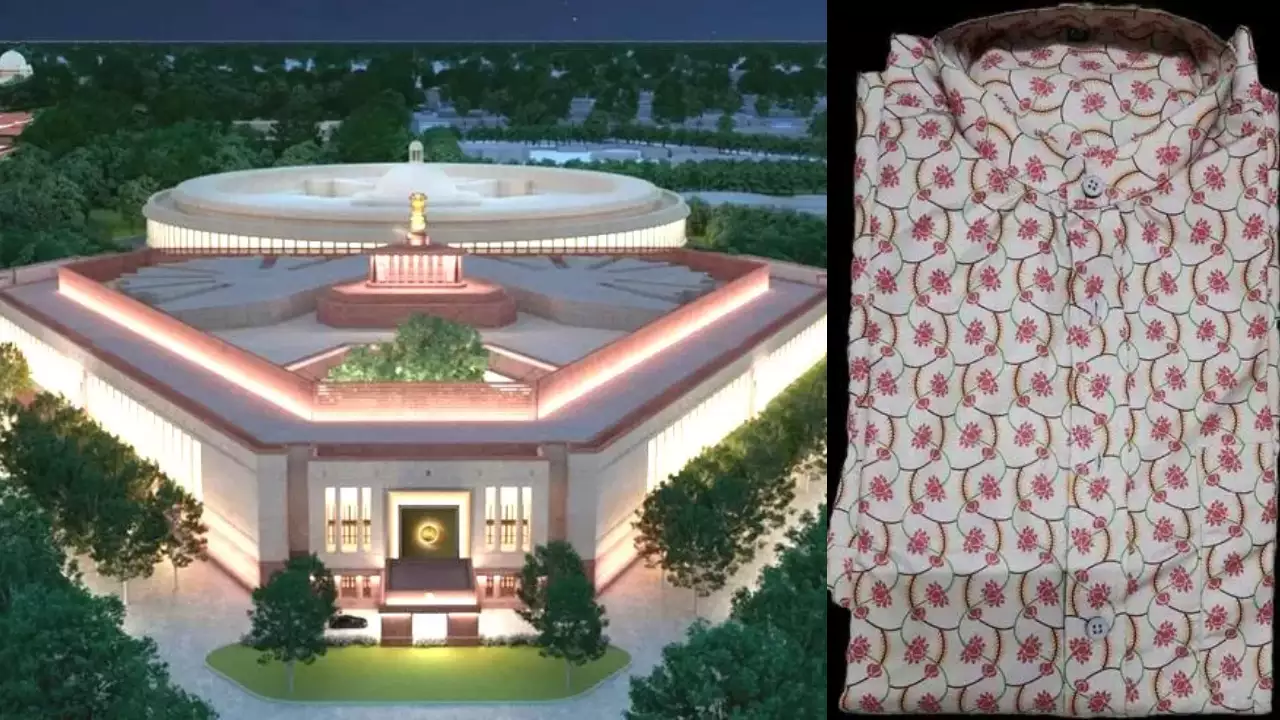In an ever-evolving world, traditions inevitably evolve as well, and this holds true for the Parliament's dress code, which has experienced a noteworthy transformation in recent times. The updated dress code for the Parliament aptly strikes a harmonious balance between upholding decorum and embracing the ever-shifting currents of contemporary fashion. This article delves deep into the intricacies of this modernization of tradition and illuminates its profound significance.
 Read more.. BENJAMIN PAVARD ONE MOVE FROM BAYERN MUNICH TO INTER MILAN
Read more.. BENJAMIN PAVARD ONE MOVE FROM BAYERN MUNICH TO INTER MILAN
The Evolution of Parliament Dress Code
The historical origins of the Parliament's dress code, which emphasized formality and gravity, have gradually evolved to align with shifting cultural and societal norms, acknowledging the need for adaptation over time, despite its long-standing tradition of Western formal attire for Members of Parliament (MPs), including suits, ties, and formal dresses for women.
 Read more.. FIVE HEALTH TIPS FOR STAY FIT AND ENERGIZED
Read more.. FIVE HEALTH TIPS FOR STAY FIT AND ENERGIZED
Key Changes in the New Dress Code
1. Western and Traditional Attire: The new Parliament dress code allows MPs to choose between Western formal wear and traditional Indian attire. This change acknowledges the rich cultural diversity of India and respects the choice of MPs to represent their heritage.
2. Casual Fridays: In a move towards a more relaxed atmosphere, some parliamentary sessions have introduced "Casual Fridays," where MPs can wear smart casual attire. This inclusion of casual dress reflects a more approachable and less formal image of Parliament.
3. Gender-Neutral Approach: The new dress code strives to be gender-neutral, recognizing that individuals should be free to express themselves without gender-based restrictions. This move promotes inclusivity and diversity.
4. Dress Code Guidelines: While there is flexibility in the dress code, guidelines are in place to ensure that MPs maintain a level of decorum and professionalism. This includes avoiding clothing with offensive slogans, ripped or torn attire, and overly revealing outfits.
Significance of the New Dress Code
The modernization of the Parliament dress code signifies several important aspects:
1. Cultural Respect: Allowing MPs to wear traditional attire acknowledges and celebrates India's diverse cultural heritage.
2. Inclusivity: The gender-neutral and casual attire options make Parliament more inclusive, allowing MPs to be comfortable while representing their constituents.
3. Adaptability: Parliament is showing its adaptability to changing times and becoming more accessible to the general public, shedding the image of an overly formal institution.
4. Respect for Tradition: While embracing change, the dress code still respects the tradition and formality associated with parliamentary proceedings.
Conclusion
The new Parliament dress code represents a positive step towards modernizing tradition and adapting to contemporary values. It recognizes the importance of inclusivity, cultural diversity, and individual expression while maintaining the decorum expected of parliamentary proceedings. As Parliament continues to evolve, its dress code serves as a symbol of its commitment to reflecting the changing face of India and its democracy.

